3 steps to help your yoga students sleep better
3Our students choose to do yoga for all sorts of reasons, but in my personal experience they rarely seek advice of a yoga teacher specifically for sleep problems. However, many issues that students do want help with, such as chronic pain, low energy, inability to focus, and so on, are often linked to inadequate sleep that they are getting.
That is why at every private yoga session I ask my student: “How is your sleep?” If her sleep is poor, she will not be able to experience full healing effects of her yoga practice, no matter what we do. That is why helping our students sleep better can become one of the primary goals, even if they came in with a different problem.
Here is a 3-step process to help your yoga students sleep better
Step 1. Ask questions
First, try to get a better idea of what the problem is. It will usually be one or two of the following:
- Trouble getting to bed
- Trouble falling asleep
- Trouble staying asleep (mid-night awakenings)
- Waking up too early.
Second, investigate if there is any obvious physiological reason for that problem. If there is, you will need to address the underlying issue with the yoga practice.
Step 2. Assess and make recommendations on lifestyle choices
Ask your student about her lifestyle choices as it relates to sleep.
- How regular is your student’s sleep schedule?
- What does your student do before bed?
- Is the environment in her bedroom sleep-inducing?
These questions relate directly to three most important lifestyle recommendations for restful sleep:
- Sleep consistency (going to bed and waking up at the same time every day, including weekends)
- Sleep environment (light, sounds, temperature, and other disturbances in the bedroom)
- Sleep hygiene (pre-sleep activities). It is best to cut down on alcohol, caffeine, heavy meals, arguments, and engage in less stimulating, less emotional, less sensory activities before bed.
You will also need to figure out what kind of specific activities the student needs to do to resolve her day.
Step 3. Create a yoga practice that is appropriate for the student and her situation
Doing a yoga practice before bed helps to drop student’s attention into the body instead of getting embroiled in mental activity. However, the practice needs to be sedating, rather than stimulating, both physically and mentally. Here are some general recommendations on yogic techniques that can help your yoga students sleep better:
- Few hours before bed (preferably before dinner): Recommend a simple langhana practice in the evening (but not too close to bed time) to unwind and promote parasympathetic activation. Langhana means “to eliminate, reduce”; it helps rid your system of any kind of excess. Langhana is not simply about calming down, it’s about purging, as well.
Here is a sample langhana practice that you can do few hours before bed.
- Right before bed: Suggest a simple breath/meditation practice with minimal movement and extra body relaxation (we will feature a sample before-bed practice next week).
- In bed: Advise your student to anchor her attention in the body and focus on relaxing it part by part (we will feature a sample relaxation script next week). If the student is feeling restless, she can try taking 8 breaths on her back, then 6 breaths on her left side, and then 32 breaths on the right side to work with solar and lunar channels of the body.
- In the middle of the night: Recommend ratio breath with emphasis on exhalation. For example, inhale into your belly for 6 seconds, exhale for 8 seconds and hold the breath out for 4 seconds while relaxing the body completely. If the student cannot fall asleep for 15 minutes, she needs to get up and do something quiet, like meditating or having a cup of warm tea. It is important not to alert the senses with bright lights or loud sounds. Then she will need to go back to bed and relax the body again.
- Early morning: Suggest using an eye mask or blackout curtains for light control. It is important to avoid thinking about the day ahead and cozy up in bed instead while doing a similar breathing practice (above) with emphasis on exhalation.
Next time we will feature a short sample yoga practice to do right before bed (and end in bed). Tune in!
If you are a Sequence Wiz member, you can get a sample Sleep Assessment Form for your students. Log in to your account and go to FORMS AND HANDOUTS > Sample forms and case studies.
Learn more about Sequence Wiz membership >
[jetpack_subscription_form]

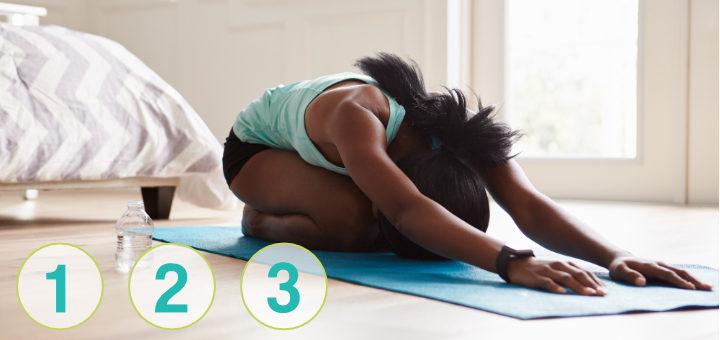
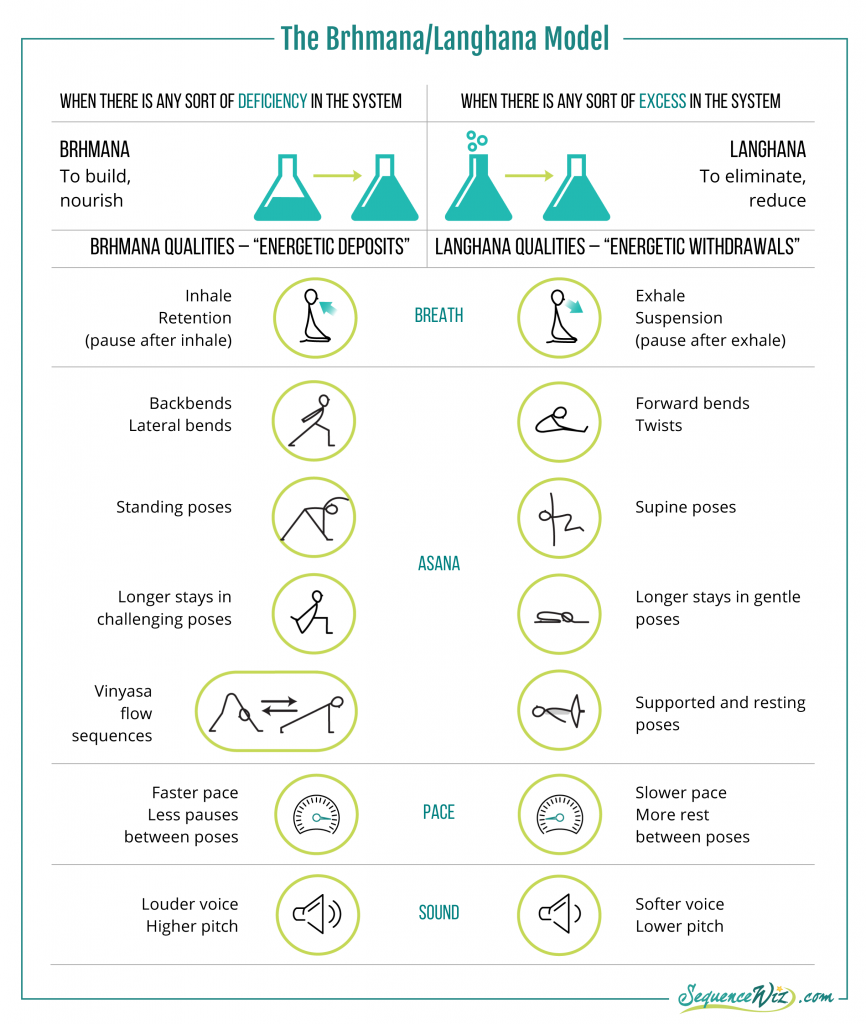

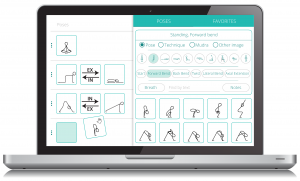
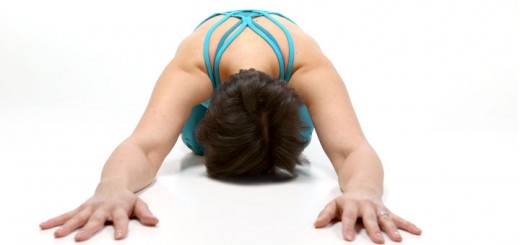
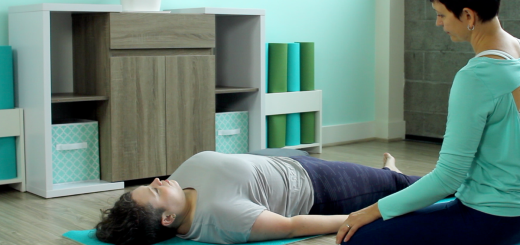
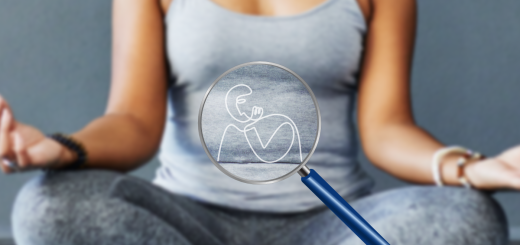
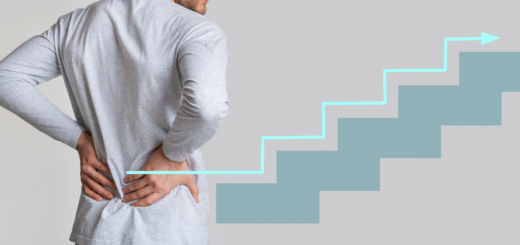















Hi! I am interested in understand why in the middle of the night the number of breathing on the right side of the body are 32 and on the left only 6. I thought that breathing on the right side is activating as it’s the solar side and it’s related with the sympathetic nervous system. Isn’t breathing on the right side stimulating the solar channel pingala?
Thank you.
Hi Grazia, thank you for bringing this up! When you are lying on the right side, your right nostril is usually more closed and your left one (since it’s on top) is more open. And visa versa when you are lying on the other side. So to open the left, lunar nostril we need to spend more time on the right side. I hope this makes sense!
That’s interesting Olga! I thought that it was the pressure of the boy on one side when lying that was generating the opening of the opposite nostril…. Anyway I want to try your suggestion with some student that use to wake up during the night. I?ll let you know! 😉